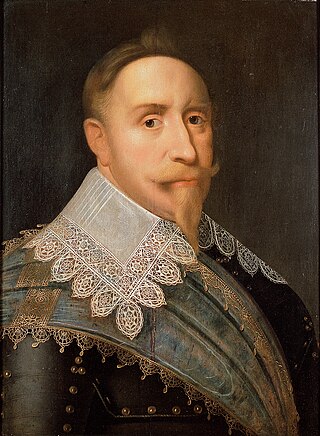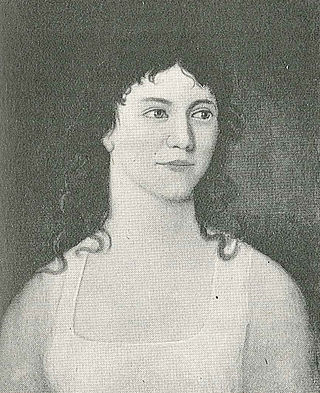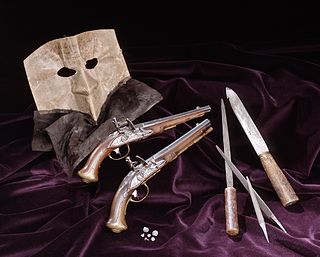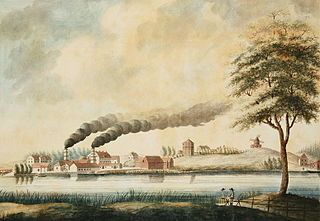| Years in Sweden: | 1791 1792 1793 1794 1795 1796 1797 |
| Centuries: | 17th century · 18th century · 19th century |
| Decades: | 1760s 1770s 1780s 1790s 1800s 1810s 1820s |
| Years: | 1791 1792 1793 1794 1795 1796 1797 |

Events from the year 1794 in Sweden
| Years in Sweden: | 1791 1792 1793 1794 1795 1796 1797 |
| Centuries: | 17th century · 18th century · 19th century |
| Decades: | 1760s 1770s 1780s 1790s 1800s 1810s 1820s |
| Years: | 1791 1792 1793 1794 1795 1796 1797 |

Events from the year 1794 in Sweden
| | This section needs expansion. You can help by adding to it. (June 2015) |

Gustav IV Adolf or Gustav IV Adolph was King of Sweden from 1792 until he was deposed in a coup in 1809. He was also the last Swedish monarch to be the ruler of Finland.

The Life Regiment Hussars is one of the world's oldest regiments still active. The regiment descends directly from units set up by King Gustav I of Sweden in 1536, when Sweden set up a draft of horses and men north and south of Stockholm. The regiment was very active in the 1600s and 1700s and helped win several key battles for Sweden on the European continent. Today, the regiment plays a central role in the Swedish Armed Forces and is the most active regiment in Swedish military international engagements.

Frederick III of Holstein-Gottorp was a Duke of Holstein-Gottorp.

Count Georg Adlersparre was a Swedish army commander, politician and writer from the Adlersparre family. He was the leader of the Coup of 1809, leading to the deposition of King Gustav IV Adolf of Sweden.

Anna Ulrica Arfvidsson (1734–1801) was a professional Swedish fortune-teller during the reign of Gustav III of Sweden. She was commonly known as Mamsell Arfvidsson.

The siege of Stralsund lasted from 24 July to 24 August, 1807, and saw troops from the First French Empire twice attempt to capture the port city from Lieutenant General Hans Henric von Essen's 15,000-man Swedish garrison. Early that year, Marshal Édouard Adolphe Casimir Joseph Mortier blockaded the city for two months before he was called elsewhere. In his absence, the Swedes drove back the inferior blockading force. After Mortier returned and pushed Essen's troops back in turn, the two sides quickly concluded an armistice. The truce was later repudiated by King Gustav IV Adolf of Sweden, and Marshal Guillaume Marie Anne Brune then led 40,000 French, German, Spanish, Italian and Dutch soldiers against the fortress. Fearfully outnumbered, the Swedes abandoned the Baltic Sea port of Stralsund to the Franco-Allies in the action during the War of the Fourth Coalition, part of the Napoleonic Wars. As a consequence, Sweden also lost the nearby island of Rügen.

Gustavus Adolphus, also known in English as Gustav II Adolf or Gustav II Adolph, was King of Sweden from 1611 to 1632, and is credited with the rise of Sweden as a great European power. During his reign, Sweden became one of the primary military forces in Europe during the Thirty Years' War, helping to determine the political and religious balance of power in Europe. He was formally and posthumously given the name Gustavus Adolphus the Great by the Riksdag of the Estates in 1634.

Events from the year 1804 in Sweden

Events from the year 1805 in Sweden

Events from the year 1807 in Sweden

Events from the year 1772 in Sweden

Events from the year 1792 in Sweden

Events from the year 1796 in Sweden

Events from the year 1797 in Sweden

Events from the year 1798 in Sweden
Events from the year 1799 in Sweden

Events from the year 1766 in Sweden

Events from the year 1644 in Sweden

Lieutenant General Peder Adolf Ludvig Regnell Hammarskiöld was a Swedish Army officer. Hammarskiöld's senior commands include commanding officer of the 2nd Army Division and the Eastern Army Division, the position of Commandant General of Stockholm Garrison, Master-General of the Ordnance and Inspector of the Artillery. As a military historian, he researched the ancient history of the Swedish artillery.
The Battle of Lokalaks was fought between Swedish and Russian forces at Lokalaks, Finland on 17–18 September 1808 during the Finnish War.